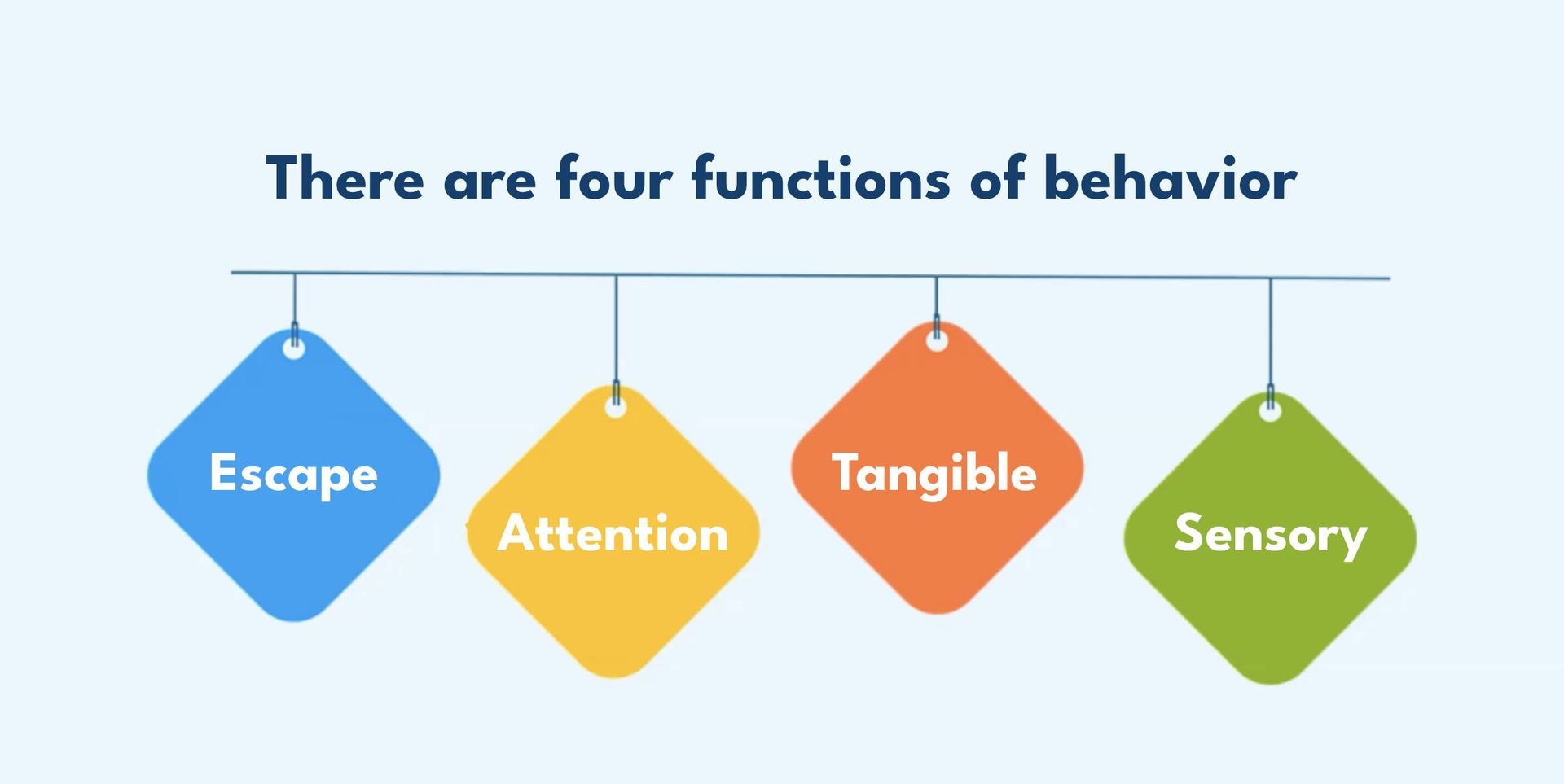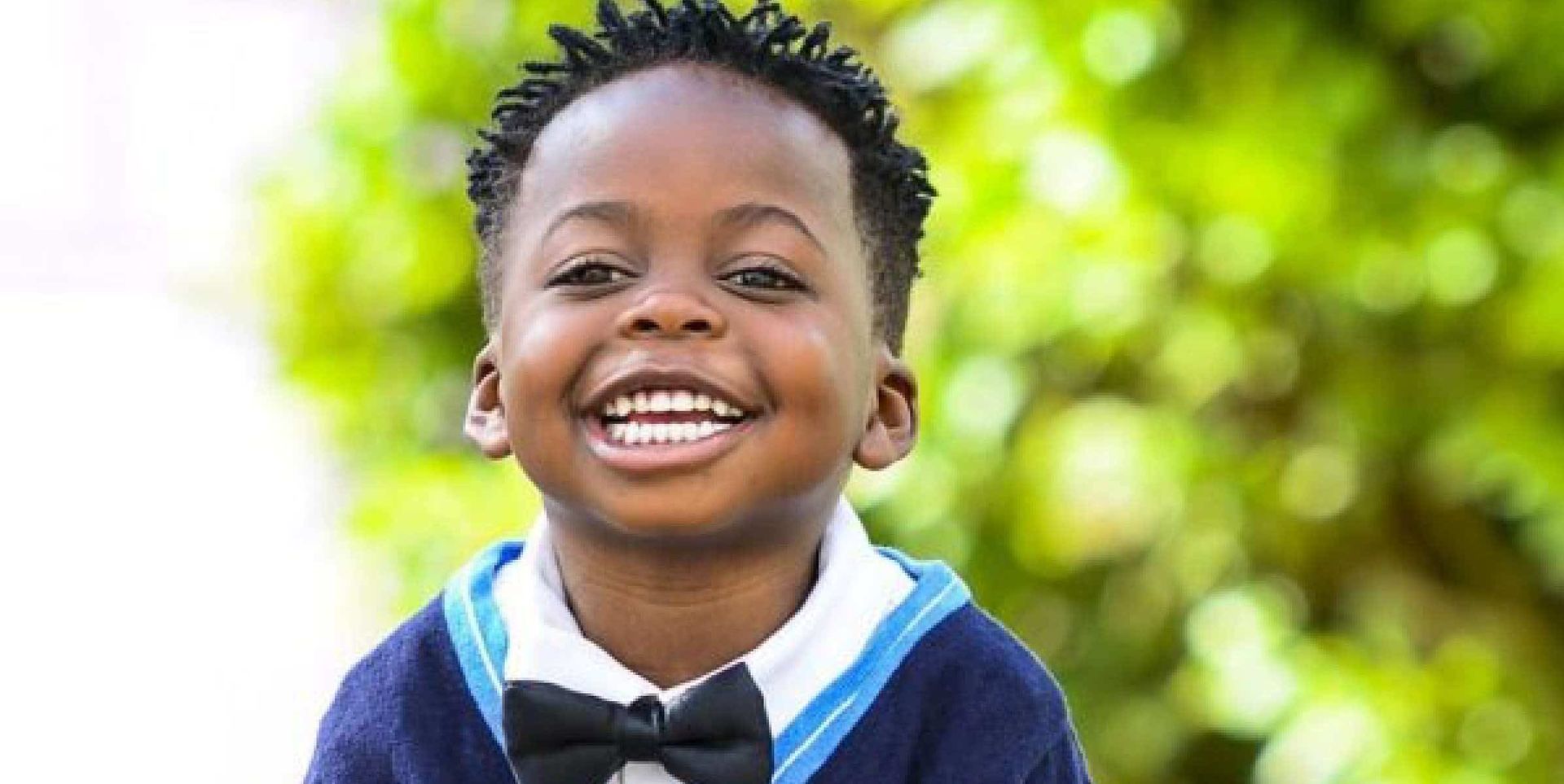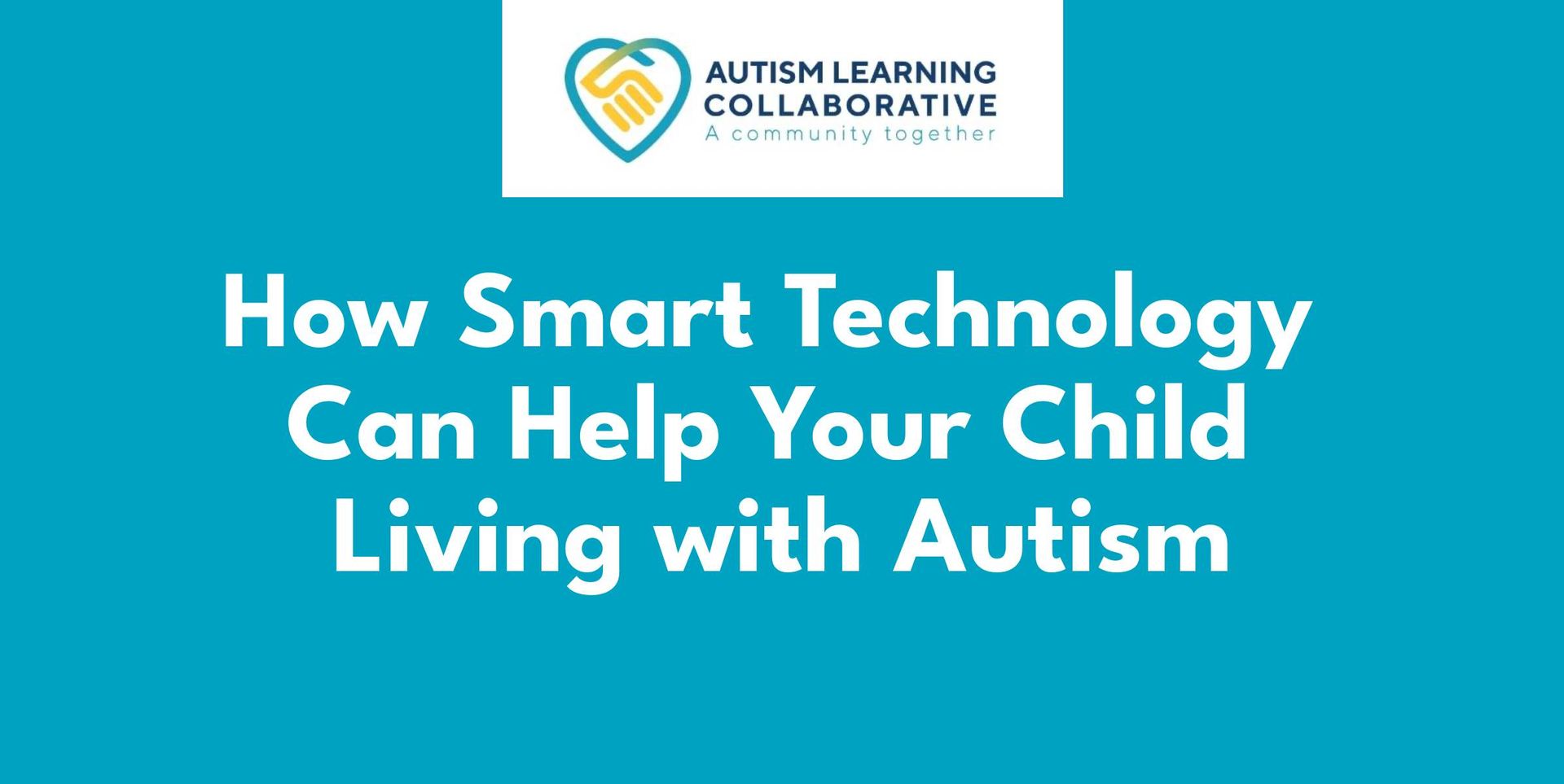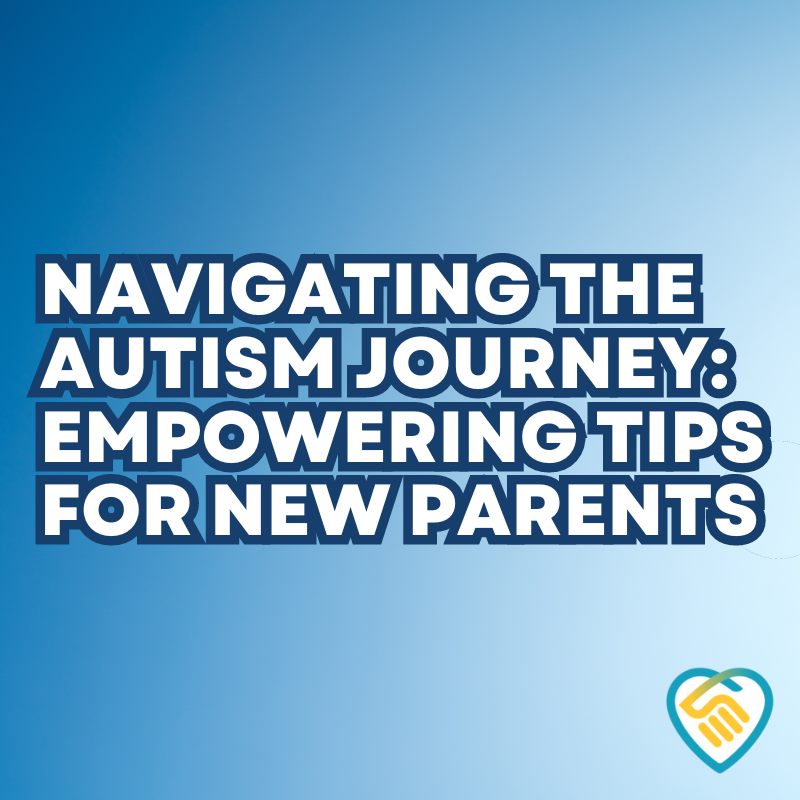The Benefits Of ABA Therapy for Autism
When your child gets diagnosed with Autism, it can be challenging to know where to turn for help. For some parents, ABA therapy is the answer.
ABA therapy is a safe and beneficial, scientific-based therapy. Still, if you do not get a qualified therapist, you may worsen some targeted behaviors, or your child may develop new unwanted behaviors. Let us walk you through the benefits of ABA therapy for autism in children, and explain who benefits from ABA therapy.
What Is ABA Therapy, and What Are Its Goals?
ABA therapy is a type of behavioral treatment that uses principles from applied behavior analysis to help individuals learn new skills, change their behaviors and improve their quality of life. ABA therapy can help with various disabilities, including autism spectrum disorder (ASD), attention deficit hyperactivity disorder (ADHD), and developmental disorders such as Down syndrome.
ABA therapy aims to teach children with Autism how to behave in socially appropriate ways to interact with others more easily. Through positive reinforcement, kids are taught what a parent expects in certain situations and are rewarded when they follow those expectations. This helps them understand social rules and boundaries while also giving them tools for future success.
The Benefits of ABA Therapy
ABA therapy offers a wide array of benefits for children with autism, addressing a wide range of behavioral and social challenges. From improving attention span to enhancing communication skills, ABA therapy benefits not just the child but also their families and communities. This evidence-based approach is tailored to meet individual needs, making it highly effective for diverse symptoms and behaviors associated with autism.
Whether you’re wondering who benefits from ABA therapy or specifically looking into the benefits of ABA therapy for autism, you’ll find that this therapeutic approach offers a comprehensive solution for holistic development, with benefits including:
- Improved Attention Span
Children with Autism often have trouble paying attention and staying on task. They may also exhibit repetitive behaviors such as rocking or spinning, unusual sensitivities to touch or sounds, and odd food reactions.
ABA therapy can help children with Autism improve their focus by teaching them how to control their impulses and manage sensory input. This type of therapy improves academic performance, reduces self-injurious behavior, decreases anxiety levels, and increases social skills.
- Improved Language and Communication Skills
You’re tired of always having to repeat yourself when talking to your child. They don’t understand what you want them to do, and they never seem interested in listening.
With ABA therapy, children can communicate their thoughts and feelings through skill development activities such as picture exchange or symbols on a communication board.
ABA therapy helps improve language and communication skills while teaching practical life skills that can be applied outside the home or classroom setting.
- Decreased Problem Behaviors
Your child with Autism is always getting into trouble, and you want to find a way to help them.
ABA Therapy helps children with autism decrease problem behaviors by teaching them how to control their impulses and manage sensory input. It also improves academic performance, reduces self-injurious behavior, decreases anxiety levels, and increases social skills.
- Improved Social Skills
Children with Autism often have trouble interacting with others and may exhibit antisocial behaviors. ABA therapy can help children with Autism learn how to interact more effectively with others by communicating better, cooperating with others, and understanding social cues.
- Improved Independent Living Skills
You’re struggling to take care of yourself and live independently. You’ve tried using assistive devices and strategies, but they never seem to work for you. Imagine taking care of yourself and living alone with the help of ABA therapy.
This type of therapy will teach your child how to use assistive devices and strategies to be more independent effectively.
With the help of an ABA therapist, your child can learn how to cook, clean, shop, and more!
How to Find the Right ABA Therapist for Your Child
You want the best possible care for your child, so you’re considering ABA therapy as an option. But who should you choose? The right therapist will depend on many factors, including your child’s needs and where they live.
Start by asking yourself these questions about what you’re looking for from an ABA therapist:
- What are my goals for my child?
- How much does the cost play into this decision?
- Who else gets involved in my child’s life?
Once you’ve answered these questions, it will be time to start looking for potential therapists. A straightforward way to find a therapist is to ask friends or family about their experiences with ABA therapists they may have used in the past. In addition, many online resources can help you track down someone locally, such as:
https://www.autismspeaks.org/directory
Once you’ve created a list of potential therapists, it’s essential to do some research and find out about their professional experience and credentials. This will help you narrow down your choices and find the right ABA therapist for your child.
If you still have questions about whether or not ABA Therapy is right for your child, please
contact us. We’re here to help you navigate this stage of life.
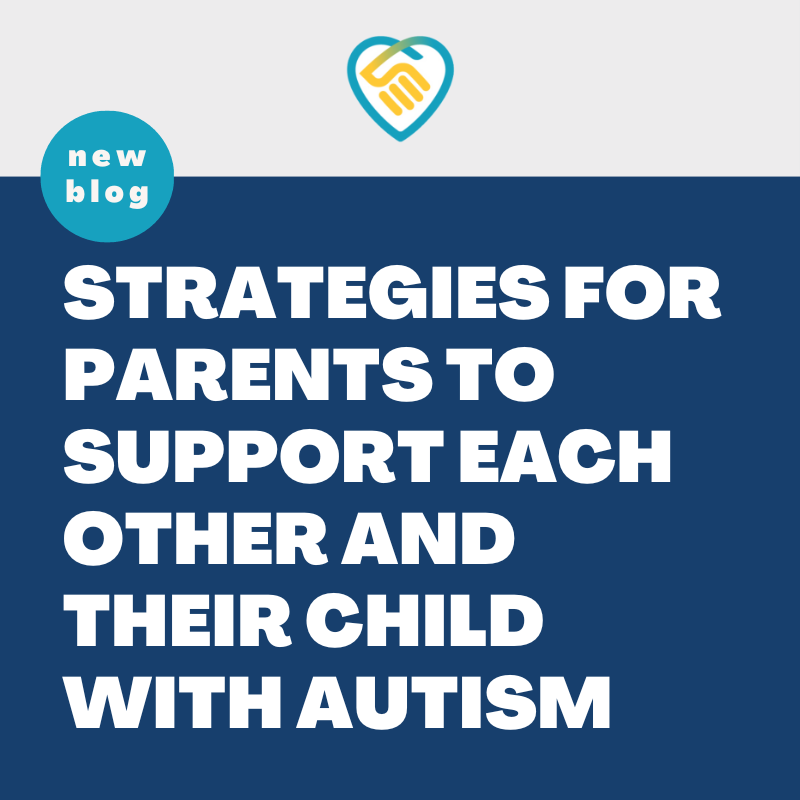

CONTACT US
Toll-Free: 844-743-6506


